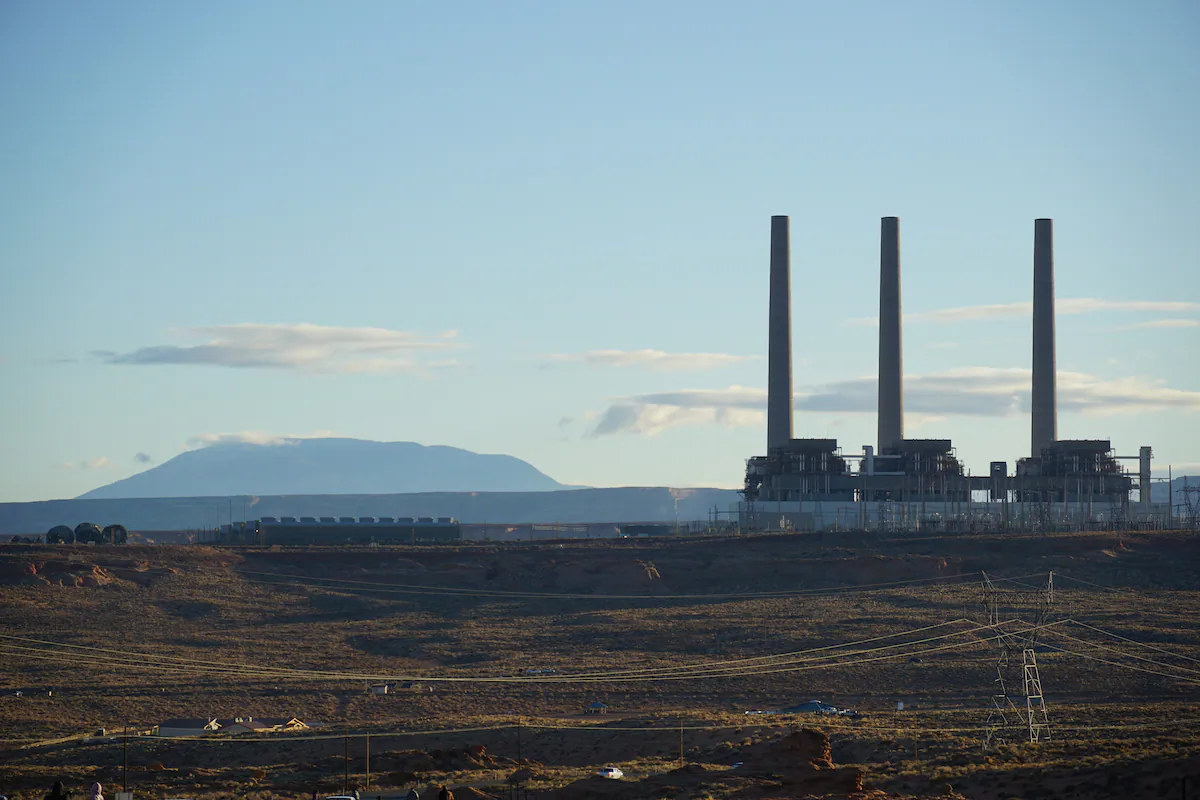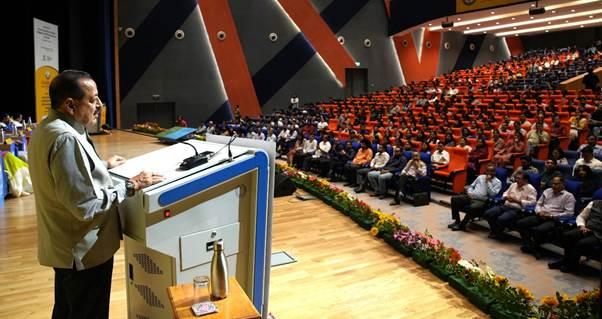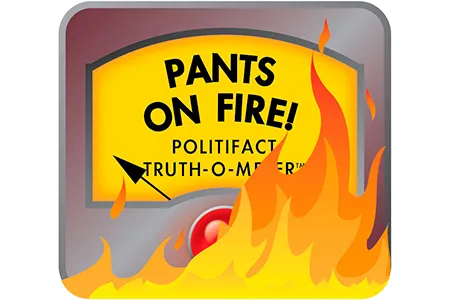
Note to readers • The following is an excerpt from the Salt Lake Tribune’s Open Lands newsletter, a twice-a-month newsletter about Utah’s land, water and air from the environment team. For a sneak peek at what we’re working on and news we’re following, sign up to have Open Lands delivered to your inbox.
A new book on one of the nation’s most contentious rocks released last week.
“Black Gold: The Rise, Reign and Fall of American Coal“ covers the sweeping history of a material that touched nearly every aspect of American life for two centuries. Coal heated homes, fueled mass migration of people and freight via rail and made electricity cheap and prolific. It created dynasties of wealthy elites and led to the exploitation of the working class, spurring the rise and fall of many labor movements.
And the fallout of our nation’s prolific use of coal will be reckoned with long into the future, thanks to the climate crisis.
While coal no longer enjoys the dominance it held in decades past, it’s still very much part of our lives today. Here’s how the book’s author, Bob Wyss, puts it:
“We may no longer burn coal in our kitchens, but the electricity that heats our stoves likely comes from coal. Locomotives may be powered by other fuels, but coal remains the largest and most important cargo on the long lines of freight trains that cross our continent … Most importantly, we now live with what previous generations spewed into the sky.”
The Salt Lake Tribune interviewed Wyss about his book last week. The conversation has been edited for length and clarity.
Tribune: Your book highlights so many fascinating aspects of coal’s role in building the America that we know today. There were patent wars, PR and propaganda campaigns, courtroom drama, secret societies, greedy industry barons, worker rebellions. And there was even a mini lesson in geology that shows how miraculous it is that we have coal in the first place. So given how deeply you took a dive into the subject, what surprised you the most in your research?
Bob Wyss: When I started working on the book, it was really focused on coal and air pollution. And the thing that surprised me the most was how much coal impacted railroads and steel. Half of industrial America is really dependent and was built on coal. I never really realized that relationship. … The violence in the labor movement of the late 19th century was another surprise, but … my focus really is on the environment and coal’s impact on the environment.
SLT: You’re not a historian. Your background is in journalism. So what about America’s history with coal sparked your reporter’s instincts, and why did you feel the story was timely and relevant to where we find ourselves now?
BW: I found out that the St. Louis Post Dispatch had won a Pulitzer Prize [in 1940], which turned out to be the very first Pulitzer Prize for an environmental subject. It had to do with how St. Louis, like many other cities, including Salt Lake City, had coal pollution problems for years – smoke from home chimneys and smokestacks from businesses. It got so bad in November 1939 that finally there was a rebellion [called Black Tuesday]. The political establishment embraced the idea of trying to do something to stop it. From there, I started looking into how coal started and its impact. I began to understand why coal was so powerful that it prevailed over all the environmental and all the health concerns for many, many years. To a certain extent, we still face that dilemma even today.
SLT: One thing I loved about your book was how you traveled across the country, to different states and cities, telling local stories which highlight national trends and attitudes around coal. And of course, in Utah, we have a long and complicated history with coal. We’ve had many coal mines and mine disasters. We have coal-fired power plants. But the story you landed on was one I’d never heard of before. It was about a Salt Lake City women’s movement which led a battle against air pollution more than 100 years ago. Why was that the Utah story you decided to tell?
BW: This is one of my most favorite stories. The problem is these air pollution campaigns were led by people with very, very little power. And they always lost. That’s why the problem persisted for so many years. … I don’t know how I stumbled upon Salt Lake City, but the library there at the University of Utah has some great material about the campaigns. I got intrigued by a campaign that occurred in 1913 and 1914 led by a woman, Corinne Adams, who was the president of the Ladies Literary Club of Salt Lake City.
I was looking for her ancestors who still might be alive. I discovered she had one child and, eventually, I found his death certificate. It indicated he had died at the age of 15 in 1910 of tuberculosis, three years before this pollution campaign began. He didn’t necessarily die from smoke, but smoke pollution and TB are very closely intertwined. As a reporter, there are these moments when you suddenly find something that’s golden, and you go, “Oh, my god, I can build something around this.”
SLT: You wrote this women’s movement thought that, “since they were dealing with an environmental issue, they believed they could appeal to a broad cross-section of the city, since coal smoke crossed boundaries of both race and economics, and unlike most women in America back then, the women in Utah had won the right to vote in 1896.” But even with all that, it proved to not be so easy.
BW: Coal was powerful. It created jobs, it fueled the economy. And on the other side, medical science was still developing. … The environmental movement didn’t really take off as much as it did until the 1950s and 1960s, because the science had time to develop. It just took a long time.
SLT: Another part of your book I thought might resonate with our audience in Utah was a chapter on the Navajo Generating Station. It was built as a “compromise” during the dam craze of the 1960s. Instead of constructing a dam in the Grand Canyon to generate hydropower, environmental groups supported building this coal-fired plant to meet demand in the Southwest. As you write, “the Navajo Generating Station then became part of a wave of new electric generation stations powered by coal.” What were the unforeseen consequences to the Grand Canyon?



